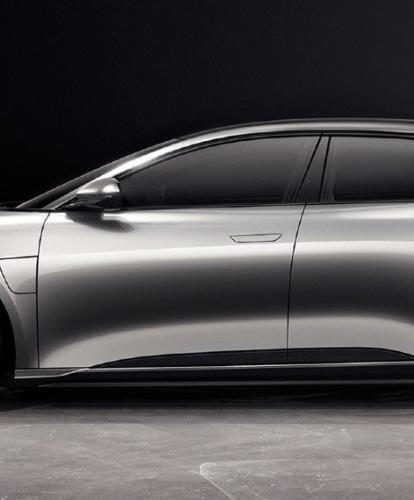Peter Rawlinson has worked at Jaguar, Lotus and Tesla. Now he’s the chief executive of Lucid Motors. Of course, Lucid was known as Atieva when Rawlinson started there in 2013 – and made batteries for electric cars rather than the cars themselves – but that’s since changed.
Lucid plans to offer its first car – the Lucid Air – to rival Tesla. As a luxury entry into the car market, this follows the same plan that Tesla took with the launch of the Model S. The luxury car launched the Tesla brand into the public eye and enabled it to work on more affordable options like the Model 3.
Plans to rival Tesla might be a tall order, however. Tesla recently announced new record deliveries of 184,800 electric cars during the first quarter of 2021.
In any case, with production starting in the second half of 2021, Lucid is aiming for a range of 517 miles for the Air, its $161,000 flagship model. This long driving range between would certainly put a stop to the ‘range anxiety’ that many motorists cite as a drawback to buying an electric car.
Lucid’s factory in Arizona can theoretically make 34,000 cars a year. And the carmaker, which employs almost 2,000 people, expects to add an additional 3,000 people to that number in the US by the end of 2022. With these plans in mind, Lucid hopes to produce 90,000 cars a year by 2023 and to be selling a seven-seater SUV currently going by the name of ‘Project Gravity’.
Rawlinson certainly has big ambitions. Lucid speculates that by 2025 it will have revenues of $14bn, that it will make 500,000 cars a year by 2030, and that it might have factories in the Middle East and China.
Perhaps the pace of these ambitions is best reflected in the Lucid Air itself. The Air promises an acceleration of 0-60mph in 2.5 seconds, which would outpace a Ferrari.
“All mankind will benefit from the technology we bring in this high-end product,” said Rawlinson, “because it will cascade down to more affordable cars that we’re going to make in the future.”



